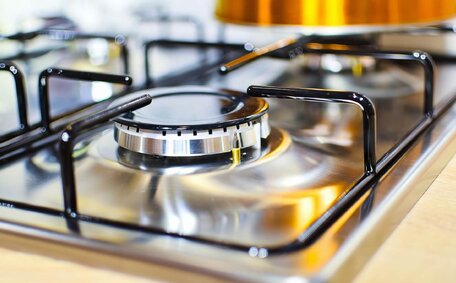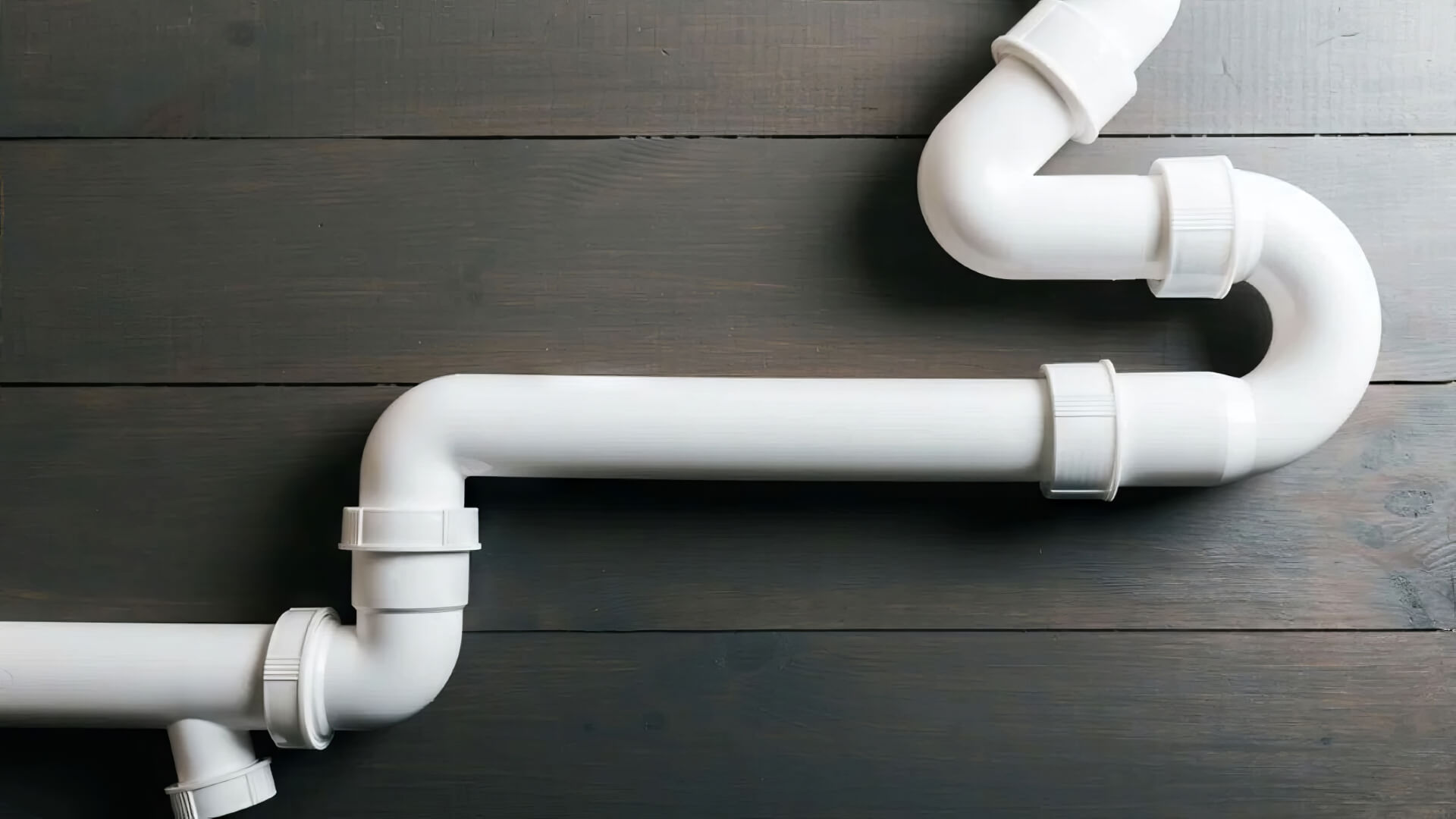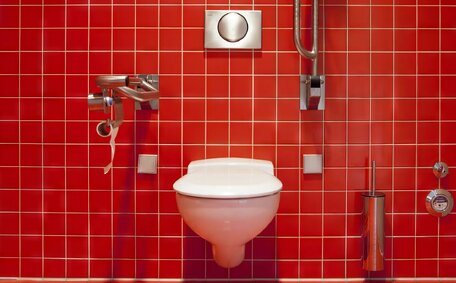Safety First: Turning Off Gas and Power Before Cleaning
Ensure safety by disconnecting the gas supply and unplugging power cords before cleaning burner heads on your gas stove.
Confirm your knowledge of the gas shutoff process and refer to the owner’s manual for model-specific instructions. Look for a gas valve or shut-off switch typically located behind or beside your stove, an essential step for safe cleaning.
Verify that all knobs are turned to the 'off’ position, the gas supply is disconnected, and the stove is unplugged.
Allow the gas hob to cool for at least an hour before starting to clean the stove top. Cleaning a stove that’s still warm or hot poses a risk of burns. Double-check that the burners, grates, and oven interior of your stove have cooled to room temperature.
With safe cleaning practices, safely scrub and remove debris from a cooled stove to prevent ignition, explosion, or electric shock.
Removing and Cleaning Burner Parts
Begin by removing grates, burner caps, heads, drip pans, ignitors, and control knobs from the stovetop. Consult your owner’s manual for directives on which parts to clean and how to remove them according to your model.
Soak burner heads, caps, and other parts in warm soapy water with dishwashing liquid. For heavy grime, soak for 10-30 minutes or use the dishwasher. With a soft sponge or non-abrasive brush in hot soapy water, gently clean the burner zones, particularly the small gas ports.
For persistent deposits, make a baking soda paste with a ratio of three parts baking soda to one part water. Apply the paste to stuck-on stains, leave for 5 minutes, then rinse off. Carefully remove any debris, being gentle near the ignition port to avoid damage.
Rinse all components, including electric coil burners, thoroughly after cleaning. Ensure no residue lingers in the gas ports or valves. Allow stove parts to air dry completely before reassembling to prevent rust.
Cleaning Gas Burner Heads
A thorough cleaning of burners is essential to maintain an efficient flame on your stove top. Over time, food residue, splashes, and grease can lead to obstructions in the minute gas ports in the burners and grates that sustain the flame.
Ensure burners knobs are removed properly by following your owner’s manual instructions. Gently remove the burner cap and heads to reveal the burner base.
Place each burner head and pan supports into warm water mixed with 2-3 tablespoons of baking soda. Using a worn-down toothbrush, scrub away debris by gently scrubbing the ports and valve openings.
Soak for 15-30 minutes, being cautious not to damage components while cleaning residues like burnt food.
For tougher spots, create a thick paste with 3 parts baking soda and 1 part hot water. Let the paste sit for 5 minutes, then scrub with an old toothbrush.
Apply the paste to grime around the ports and then rinse thoroughly.
To clear clogged gas ports, gently use a straightened paper clip to remove debris. Insert only as far as needed to clear blockages and ensure all residue is removed from burner heads before reattaching to the stove.
Cleaning Gas Burner Caps and Grates
Oven doors, burner caps, and stainless steel gas grates are constructed from durable materials. Regularly cleaning them is vital to remove spills and grease that could cause rust.
Soak caps and grates in a mixture of baking soda, water, and gentle soap for 20-30 minutes. Clean gently with a soft-bristle brush or sponge and rinse completely.
Steer clear of steel wool or harsh cleaners which could scratch the surface of caps and grates. After rinsing, thoroughly dry stove grates with a cloth or paper towel to prevent moisture damage.
For stubborn stains, apply a paste of baking soda and warm soapy water, then scrub after a few minutes. After 5 minutes, scrub and rinse. This eco-friendly cleaning approach helps maintain the appearance of caps and grates.
Cleaning the Stovetop Surface
Knowing how to clean your gas stove’s stovetop is key to keeping it in top condition. Stovetop surfaces are often made from glass ceramic, stainless steel, or porcelain enamel. Begin by wiping the surface with a damp microfiber cloth, warm water, and a small amount of dish soap.
For stainless steel surfaces, use a stainless steel cleaner and avoid harsh chemical cleaners which can damage the protective layer. Instead, do use a paste of baking soda and water combined with a soft cloth to gently cleanse away grime. Rinse and dry thoroughly.
For heavier buildup on glass or enamel surfaces, use an appropriate cleaner and let a paste of baking soda and water sit before scrubbing. Alternatively, use a specialised cleaner formulated for glass or enamel cooktops.
When cleaning, be careful not to wet the stovetop excessively near the burners or ignition ports. After rinsing, use a clean, dry microfiber cloth to prevent water spots. Correct stovetop cleaning methods ensure your appliance looks good and functions at its best.
Scrubbing Tough Stains and Grime
Removing tough stains and baked-on grime from a gas stovetop may require extra effort. Ensure the stove is completely cool before scrubbing, following disconnection of gas and power.
For an eco-friendly clean, mix baking soda with water to create a thick, spreadable paste. Use a soft cloth or nonabrasive sponge to apply the paste to stains.
Allow the paste to sit for 5-10 minutes on the cooktop to break down grime. Then gently scrub in small circular motions. The baking soda helps lift stains without scratching the surface.
For enhanced cleaning strength, combine equal parts baking soda, salt, and vinegar or lemon to dissolve stubborn stains more effectively. The acidity in the vinegar reacts with the baking soda to better dissolve sticky grime.
Wipe your clean electric stove with a dry microfiber cloth to avoid water spots. Patience and these natural methods can effectively handle difficult grime.
Rinsing and Drying Stove Components
It’s critical to rinse off all cleaning products from the stove parts after cleaning. Rinse all removable parts like burner heads, caps, grates, drip pans, and knobs under warm running water.
Give special attention to small openings and gas ports to ensure no debris or residue lingers. Employ a soft brush or pipe cleaner to easily clean and dislodge any remaining debris.
Allow all parts to air dry completely before reassembling to ensure no moisture remains. Dry cast iron grates fully to avoid rust. Place components on a clean towel to air out for at least an hour.
Checking your owner’s manual, reinstall burners, caps, grates and all other parts in their correct positions once fully dry. Ensure gas ports are clear and aligned properly for safe function.
Ensure no moisture is present before reinstalling parts. Thorough rinsing and drying prevent gas blockages, ignition issues, rust, and electrical shorts.
Reconnect the gas line and power cord once all stove parts are completely dry. A fully cleaned gas stove will function safely and efficiently.
Reassembling Your Stove
Once all range parts are clean and dry, it’s time to reassemble with care. Use your owner’s manual for instructions on the correct alignment of burners, caps, grates, and additional components.
Inspect and clear any obstructions to confirm the burner bases are secure and gas ports are clear post-cleaning. Reattach the burner heads, ensuring stability and proper alignment over the base. Securely position the burner caps, ensuring their openings align correctly.
Replace burner grates, making sure they are level and secure. Reattach knobs, valves, ignitors, drip pans, and all other parts according to manufacturer instructions.
Examine the reassembled stove and test the ignitions before re-establishing gas and power connections. Ensure all components function and are aligned correctly for safe and optimal performance.
Careful reassembly avoids incorrect installation, which could cause inadequate heating, uneven cooking, or gas leaks. A completely cleaned and correctly reassembled gas stove functions as if it were new.
Maintaining a Clean Gas Stove
Regular maintenance is crucial for the optimal performance and safety of your gas stove. After each use, quickly wipe down with a damp cloth to prevent buildup on burners, grates, and the cooktop surface. It’s recommended to deeply clean, including soaking the detachable parts, every 3-6 months.
For professional servicing, share your requirements with our experts at Campbelltown Plumbing. Schedule an inspection today by calling 1300 349 338 or emailing [email protected]. We also offer around-the-clock emergency plumbing services.
Our licensed gas fitters perform yearly safety inspections and repairs for your stove’s safe and efficient operation.






